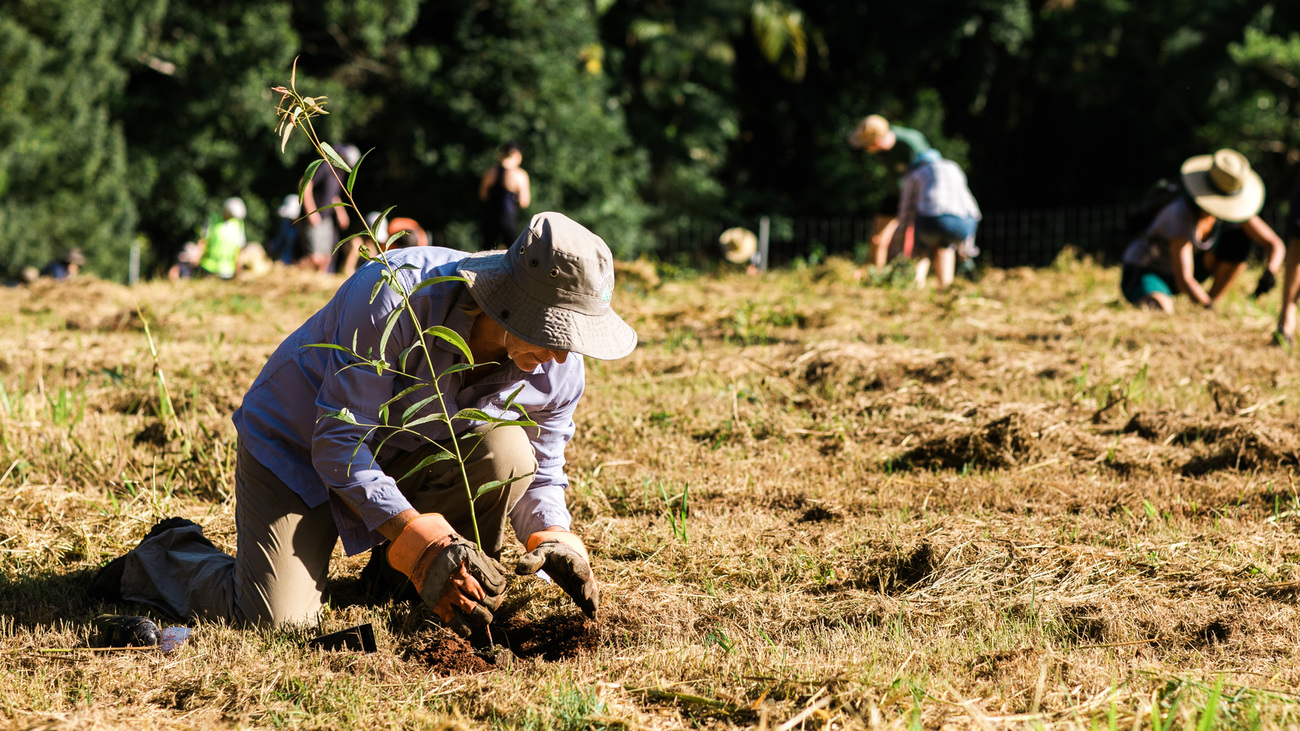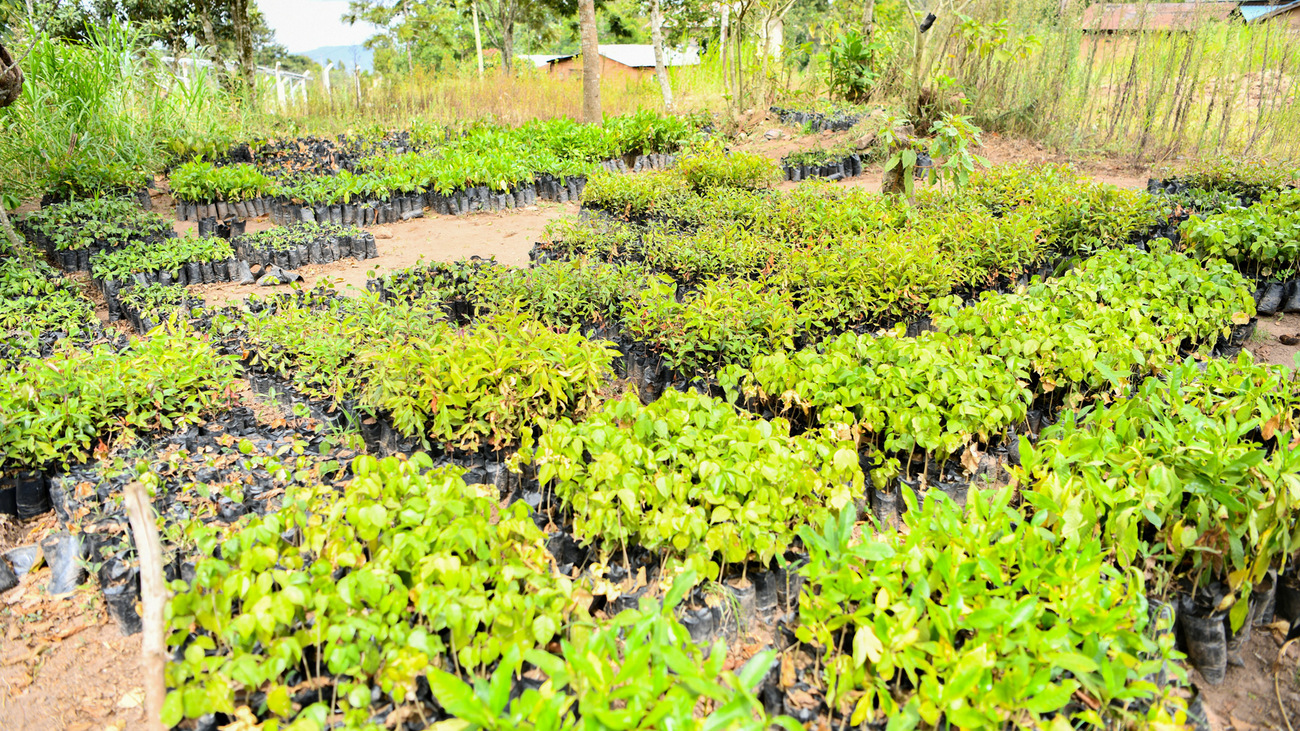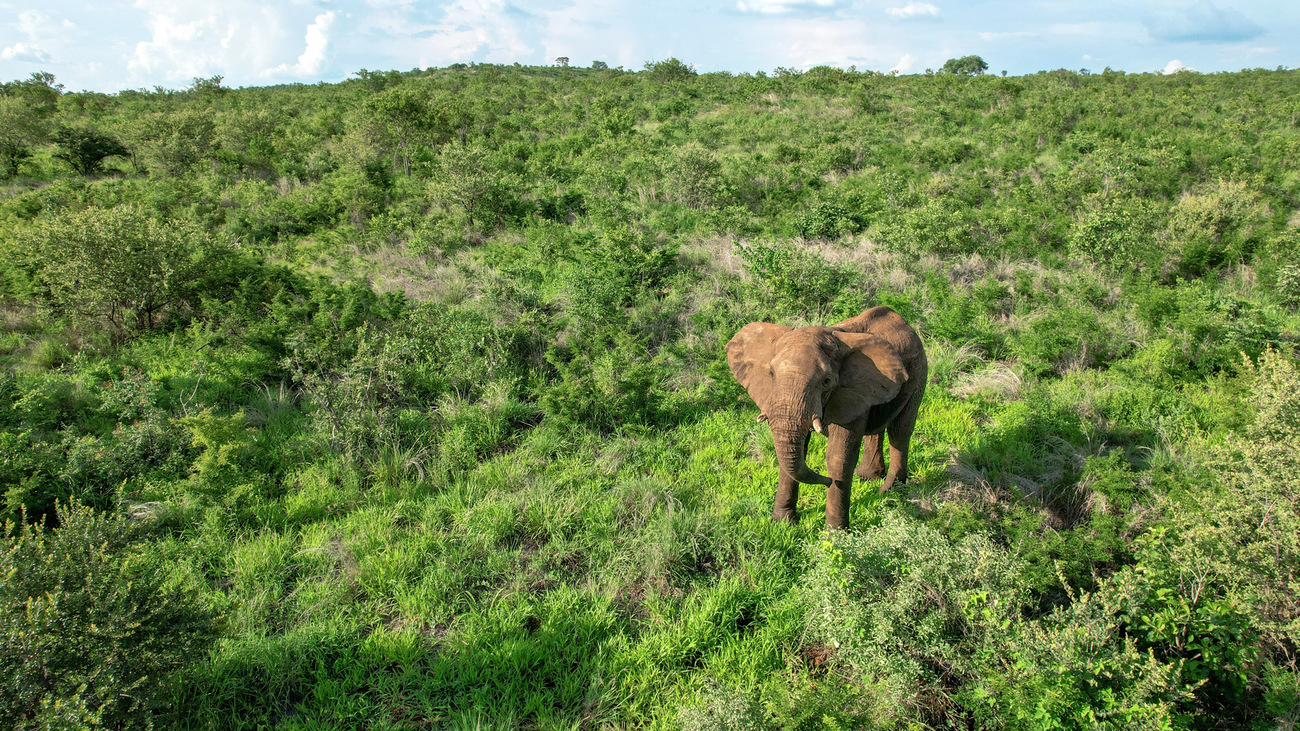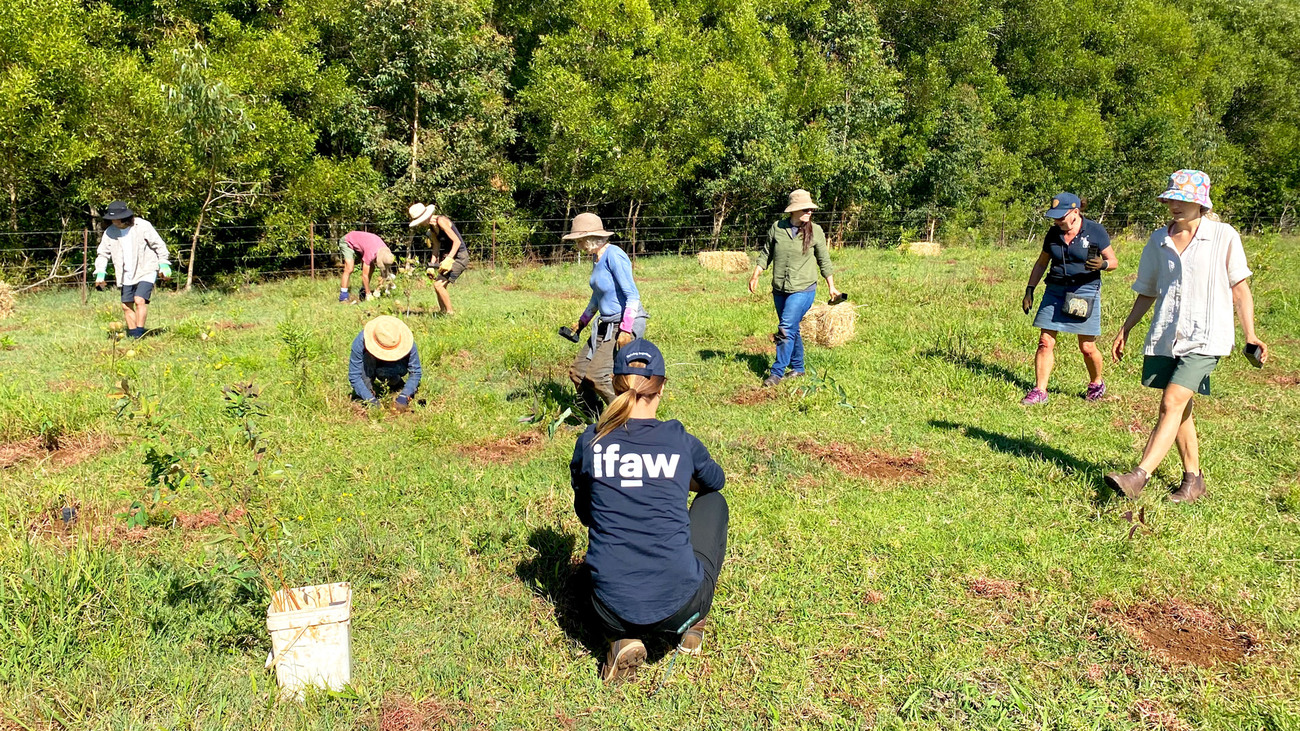Updates
How IFAW has helped animals and people during the Ukraine crisis
Learn moreWhat is natural capital?
Natural capital refers to the world’s supply of invaluable natural assets, including resources like water, soil, air, trees, and more. Beyond sustaining life, these assets play a crucial role in driving business and economic prosperity.
With the world’s natural capital facing unprecedented threats, it’s becoming more important than ever to understand this concept and the role it plays in society. Here, we explain what natural capital is and why its preservation is essential for both environmental sustainability and economic well-being.

Natural capital refers to the goods and services offered to society by the natural world. This concept allows us to view the world’s stock of natural assets—such as wild animals, lakes, and clean air—through an economic lens by considering how society relies on them to function.
Natural capital includes anything that benefits or offers value to society, from tangible natural resources such as trees to intangible but essential biological processes such as photosynthesis.
Natural capital can be divided into three categories:
1. Natural capital stock
These are the assets that exist in the world around us and are provided by nature. Natural capital stock includes all animals, plants, and minerals, as well as heat, light, and even viruses and bacteria.
2. Natural capital services
These are goods and services provided by the natural world that offer an immediate and direct benefit to society. This includes using lakes, seas, and rivers for recreation, turning plant materials into clothes, building houses from stone, and generating electricity by capturing hydro, wind, and solar power.
3. Ecosystem services
These are the services provided by natural capital stock which occur naturally and without human intervention. Some examples include the pollination of plants, the flood protection trees provide, and the absorbing and storing of carbon by peatlands and forests.
As we can see, natural capital differs from other types of capital in that it is not manufactured by humans, unlike produced capital such as buildings, vehicles, and machinery. When combined with produced and human capital—the knowledge and experience humans contribute to society—natural capital helps form the basis of economic activity.

Natural capital contributes to society in several important ways:
Natural capital provides essential goods and services that contribute to economic activities. These include resources such as timber, water, minerals, and food, as well as services like pollination, climate regulation, and water purification. These goods and services have tangible economic value and support industries such as tourism, agriculture, forestry, and pharmaceuticals.
Natural capital directly supports human well-being and livelihoods. For example, forests provide habitats for biodiversity, regulate climate, and offer recreational opportunities. Healthy ecosystems also contribute to food security, clean water, and protection against natural disasters.
Natural capital is vital for maintaining ecological balance and resilience. Ecosystems play critical roles in regulating the Earth’s climate, purifying air and water, cycling nutrients, and supporting biodiversity. Preserving natural capital helps ensure the long-term sustainability of ecosystems and the services they provide.
Healthy ecosystems enhance resilience to environmental changes and disasters, such as floods, droughts, and storms. Preserving natural capital can help societies adapt to climate change and other threats by maintaining biodiversity, soil fertility, and ecosystem functions.

Natural capital assets, including everything from flowers to forests, rely on wild animals to thrive in several different ways:
It’s important to understand just how integral wild animals are to their ecosystem. Although every component of an ecosystem is intricately linked, some species have a particularly large influence on the structure and function of their ecosystems. These are called keystone species.
African forest elephants, African savannah elephants, and Asian elephants are all keystone species in their respective ecosystems. Elephants keep their habitat healthy by uprooting trees, consuming large amounts of plant life, distributing seeds, and digging water holes. With so many other species dependent on their presence, their removal could lead to the ecosystem’s collapse and the destruction of the natural capital that depends on it.
The same applies to all keystone species, which include rhinos, prairie dogs, wolves, sea otters, sea turtles, sharks, beavers, starfish, sea urchins, and bees, among many others. This shows how important it is to consider natural capital and the many species that maintain it as crucial components of a multifaceted single entity rather than separate ones.
Natural capital holds significant financial value, although it is often overlooked and undervalued in traditional economic frameworks. This may change in the future, however, as there are now calls for businesses and nations to start following a structured approach to the valuation of natural resources.
In terms of quantifying the value of natural capital, a research report on nature and the economy released by the World Bank in 2020 showed that US$44 trillion of economic value generation is either moderately or highly dependent on natural capital stocks and services. To put this figure into context, that was around half of the world’s total GDP in 2022.
Failing to acknowledge and accurately assess the immense value of natural capital—and society’s profound dependence on it—risks long-term environmental degradation, resource depletion, and economic setbacks. Recognising the financial importance of natural capital and supporting this recognition through investment is crucial for sustainable development and well-informed decision-making across public and private sectors.

IFAW is working tirelessly to protect natural capital through a range of conservation initiatives. These include promoting eco-friendly livelihoods, advocating for policies that support the conservation of nature and the protection of wildlife, and engaging communities in practical conservation projects.
By listening to and learning from Indigenous peoples and local communities, IFAW has been able to support educational and livelihood opportunities while also promoting sustainable solutions and coexistence between communities and wildlife.
In addition, IFAW advocates for policy and supports conservation efforts to protect natural capital. An example is IFAW’s Room to Roam initiative, our ambitious vision for conservation in East and southern Africa, with elephants as the flagship species. Elephants serve as natural capital in the sense that they are crucial ecosystem engineers, helping maintain their natural environments and supporting other species. Our conservation work is deeply intertwined with community engagement, as we support the people living close to wildlife, and with wildlife rescue.
Another reason why natural capital is under threat is due to the decline many species experience as they are frequently targeted by poaching and trafficking. IFAW is committed to fighting wildlife crime, and we do so by supporting wildlife rangers, training law enforcement, advocating for stricter policies, collaborating with tech companies to end wildlife cybercrime, and supporting the rescue and rehabilitation of animals who were trafficking victims.
IFAW’s comprehensive approach to conservation not only protects wildlife but also reinforces the importance of natural capital, ensuring long-term ecological and economic benefits. Learn more about Room to Roam and our other projects.
Every problem has a solution, every solution needs support.
The problems we face are urgent, complicated and resistant to change. Real solutions demand creativity, hard work and involvement from people like you.
Unfortunately, the browser you use is outdated and does not allow you to display the site correctly. Please install any of the modern browsers, for example:
Google Chrome Firefox Safari